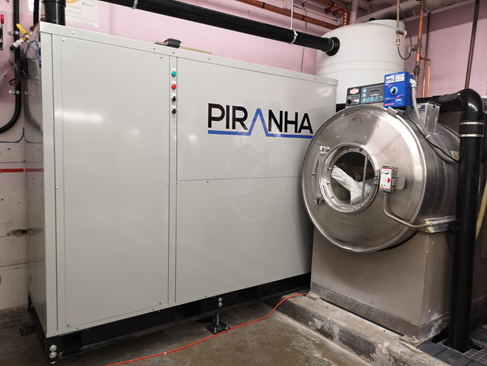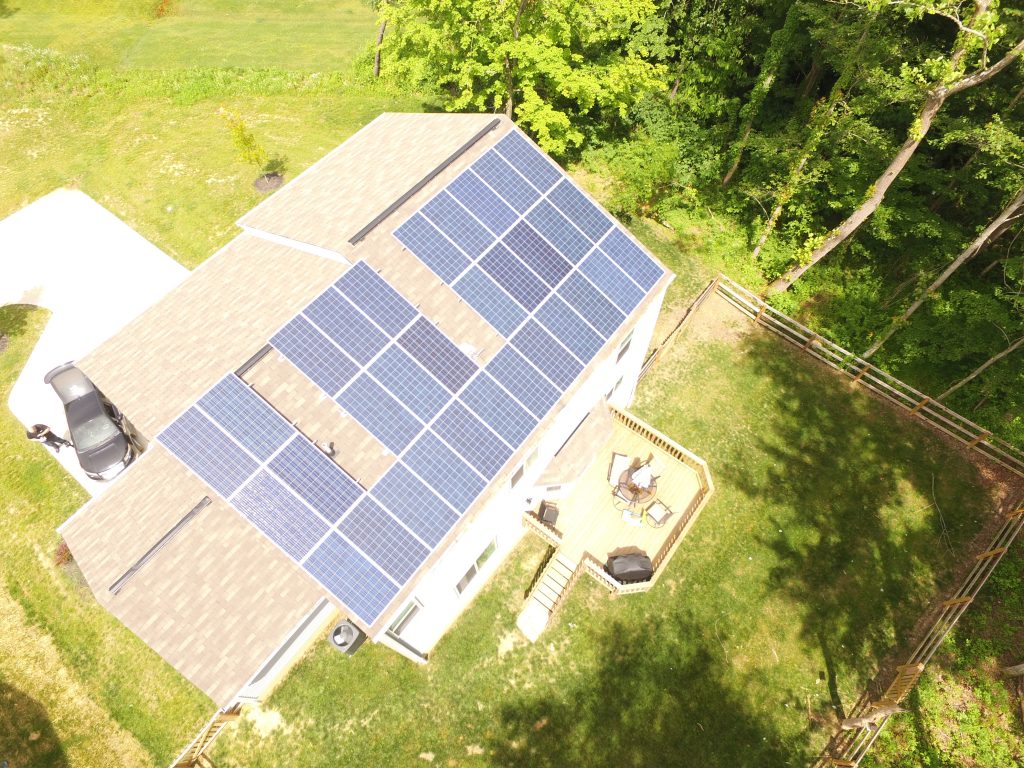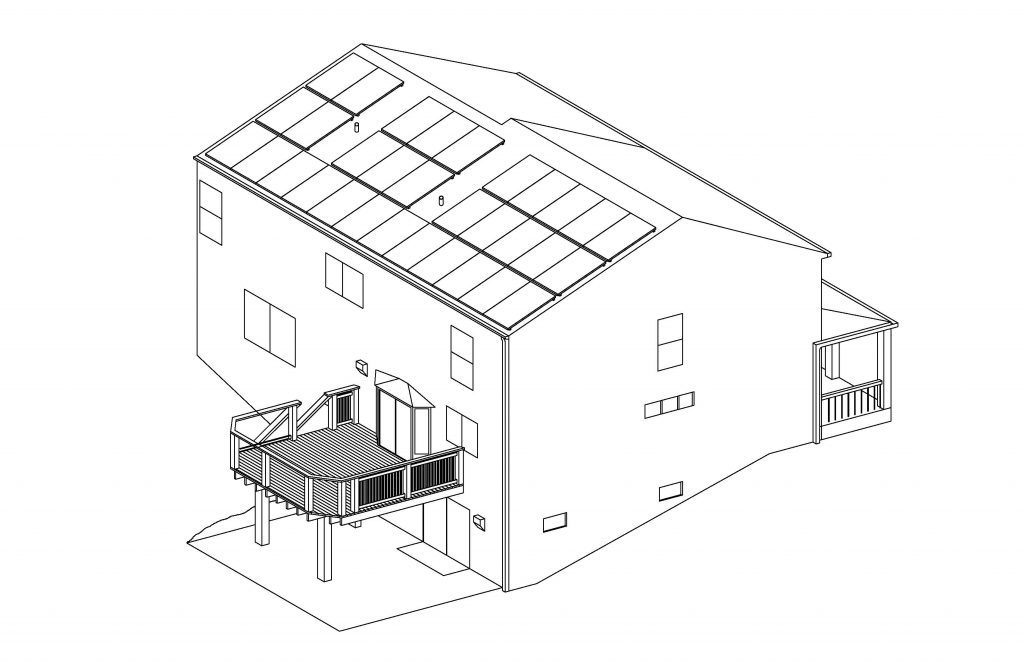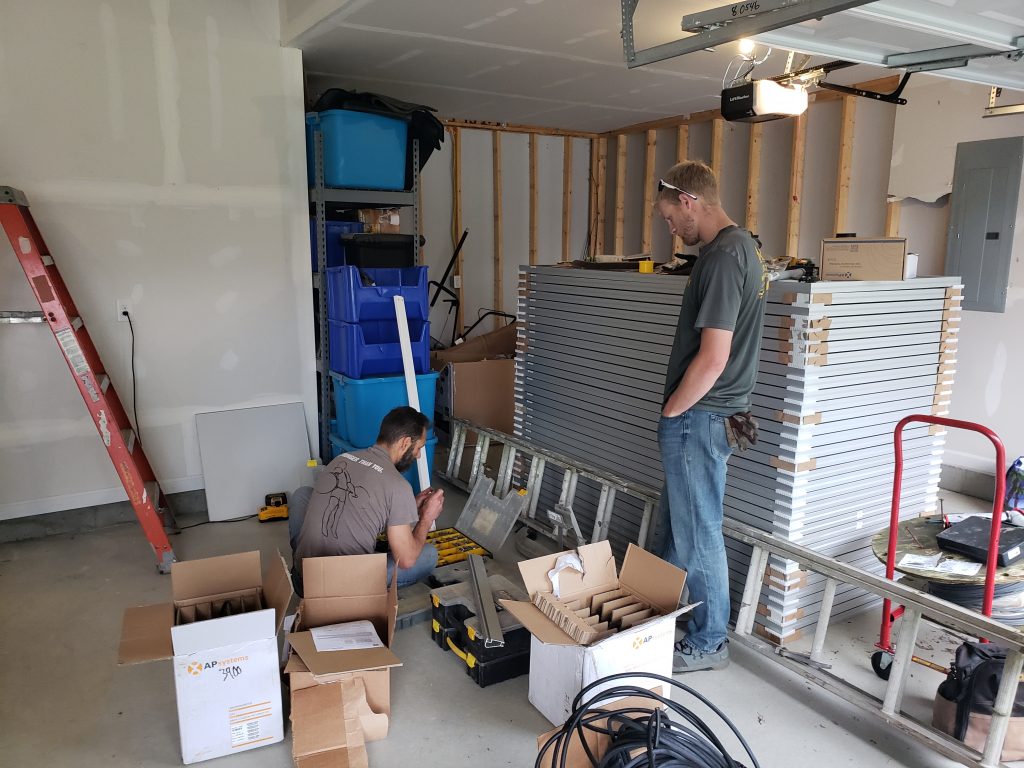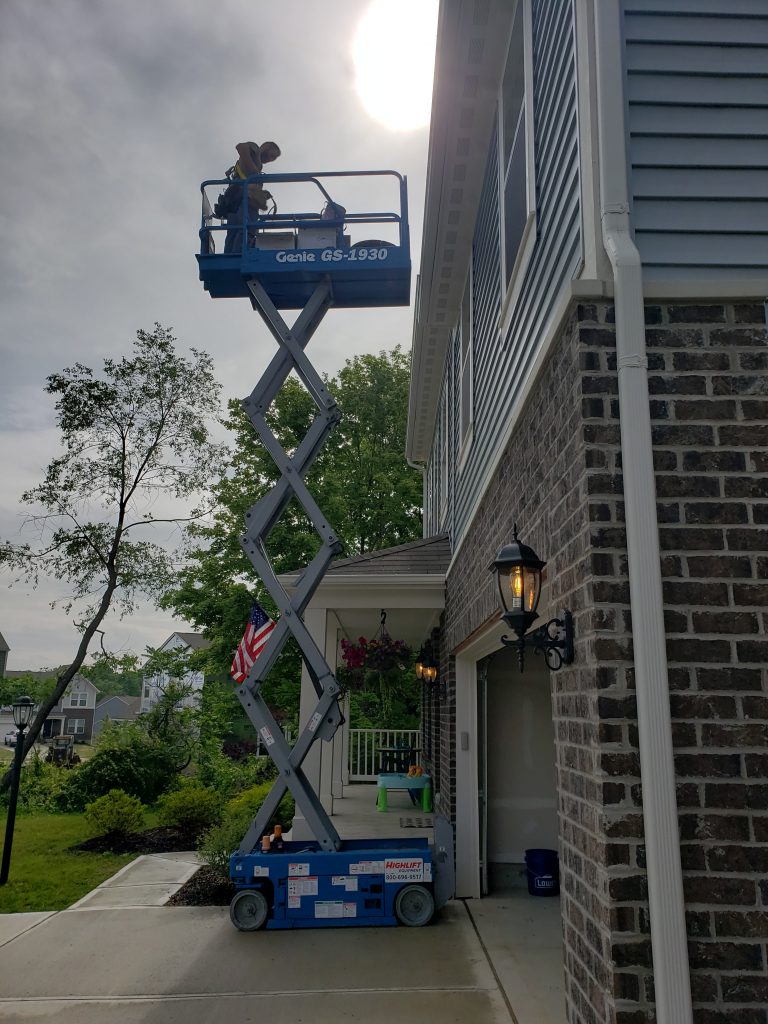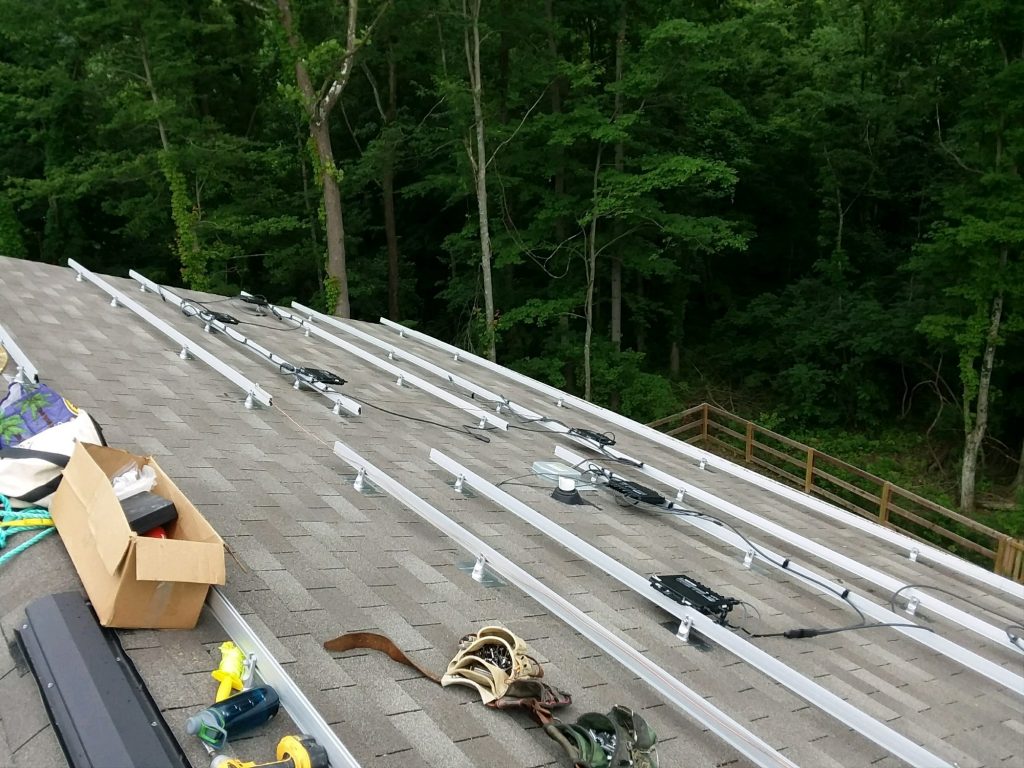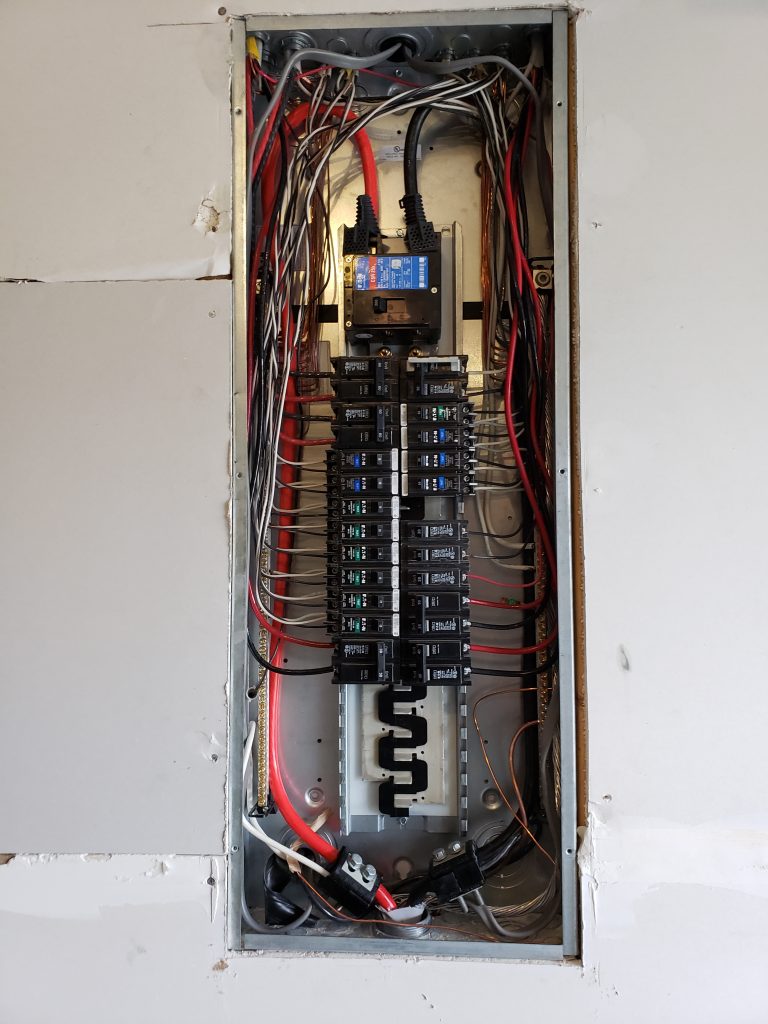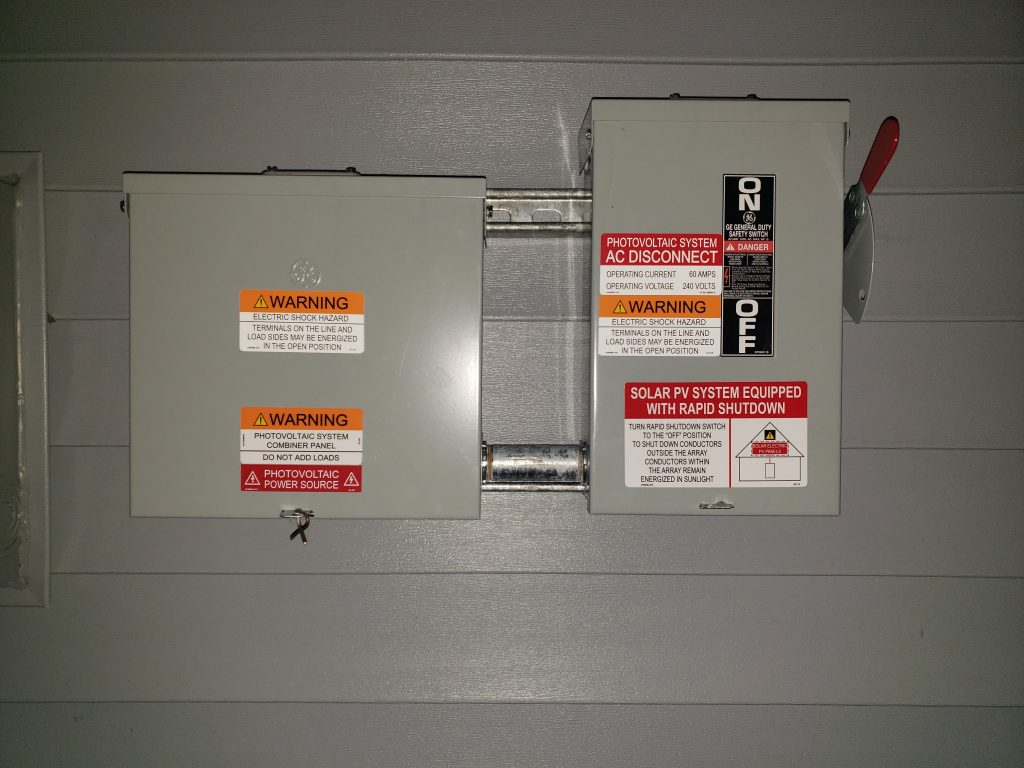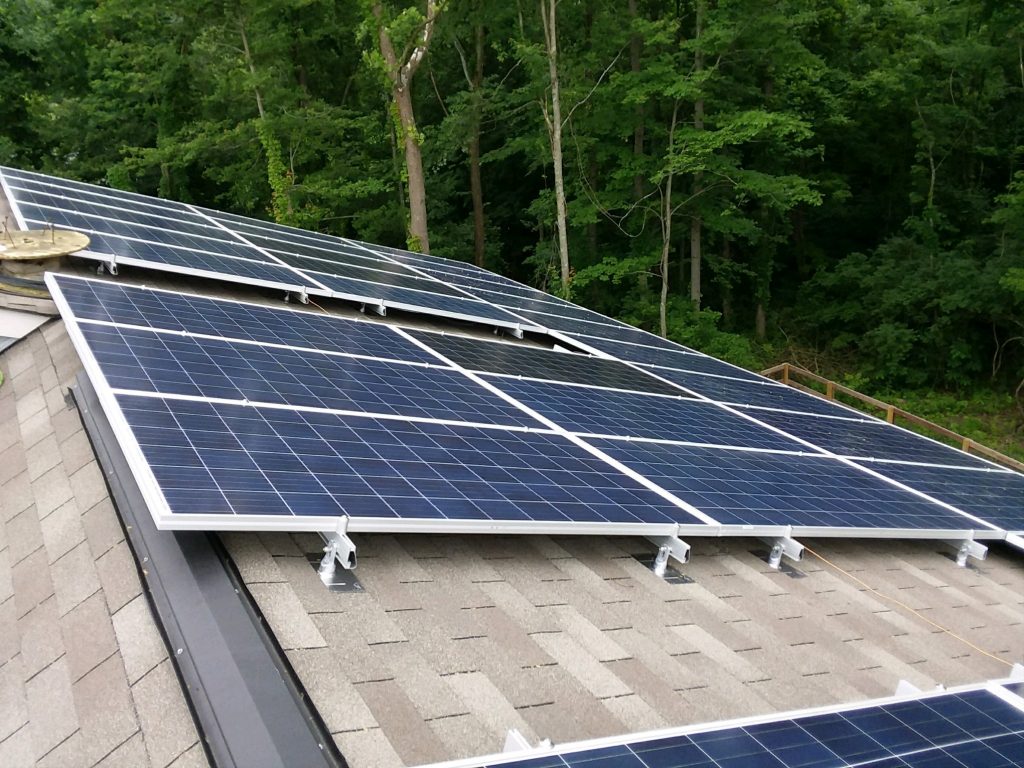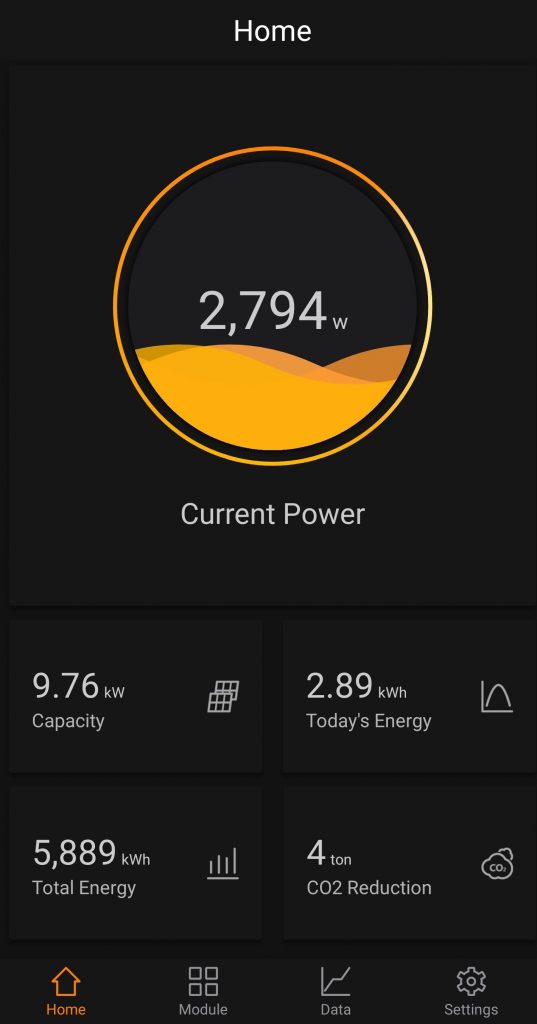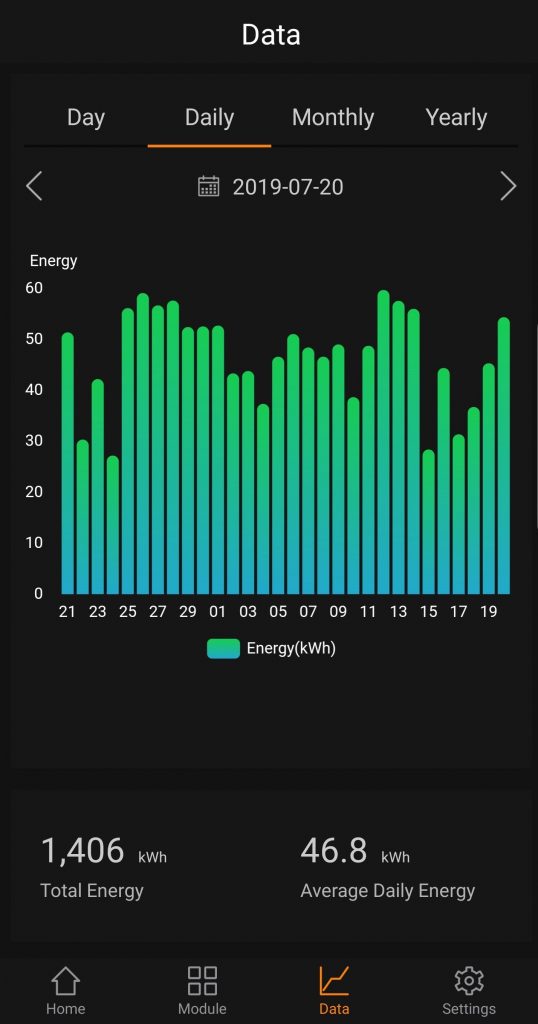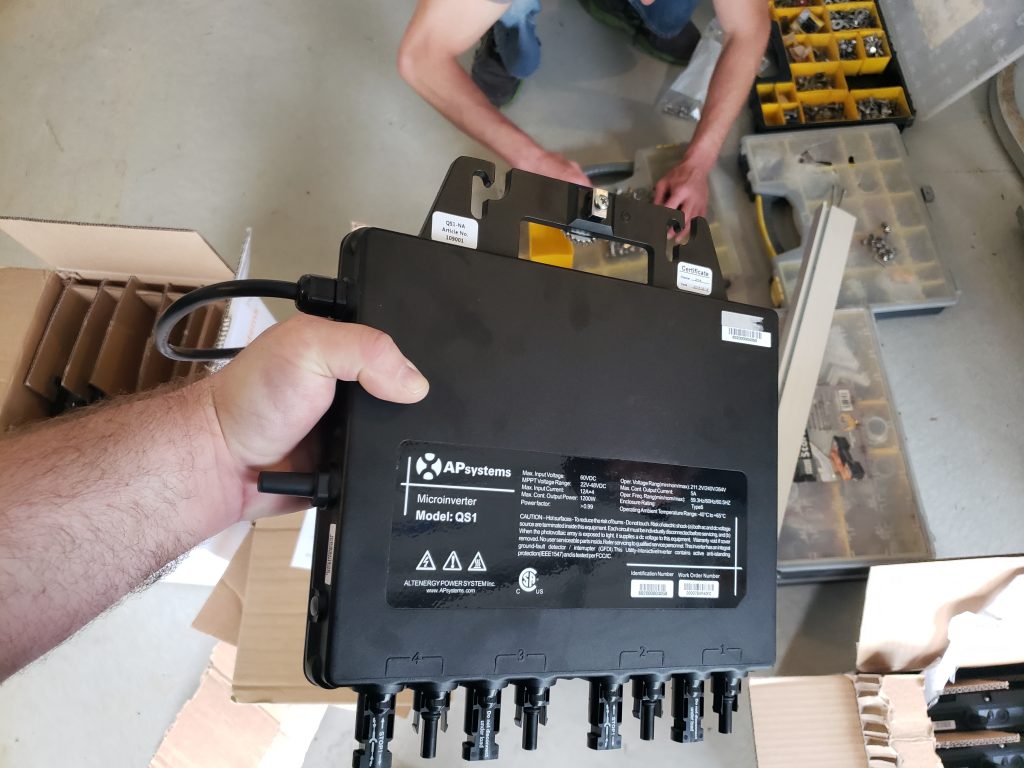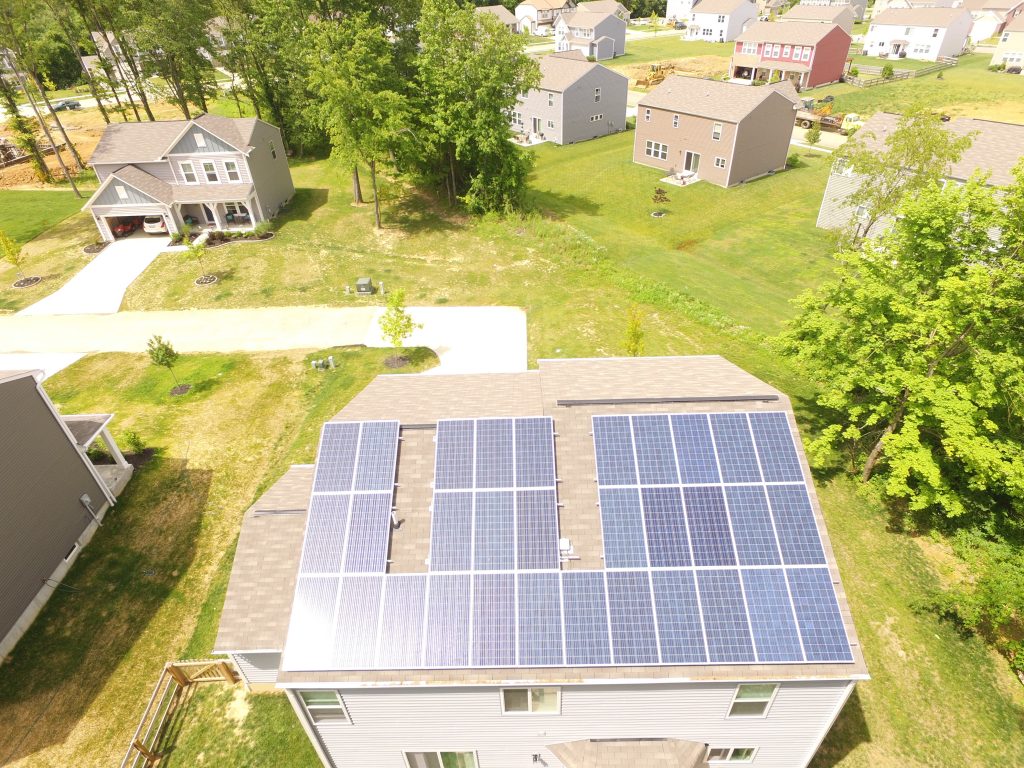Buying an electric vehicle (EV) can be challenging, especially if you haven’t done so before. Here are four tips to help you get the most bang for your buck.
EV Purchasing Tip #1
Double Check Your Incentives
EV incentives are always subject to change at the federal and state level. As of December 2019, the reduced federal tax credit of $7,000 is no longer available to automakers that have reached cumulative sales of 200,000 vehicles. This places Tesla and GM vehicles at a higher price point, as the federal tax credit no longer applies to these automakers. All other automakers have available tax credits in the United States, with Nissan seemingly next in line to hit the 200,000-vehicle mark. Plus, certain states (such as California and Colorado) offer EV incentives. Check energy.gov for current credits.
EV Purchasing Tip #2
Define Your EV’s Intended Use
Vehicles can serve many purposes such as daily drivers, road tripping, and towing/hauling. It’s best to define early on what the use of your EV will be. Are you taking road trips in this vehicle? How long is your daily commute? How many miles do you typically drive in a day, a week, a month? This will help you to narrow down vehicles that are best suited for you, as EVs come in various projected ranges.
Typically, older, used EVs have lesser ranges per charge. A few examples:
- 2015 Nissan Leaf with 84 miles of range
- 2015 Volkswagen e-Golf with 83 miles of range
- 2015 BMW i3 with 81 miles of range
Newer EVs tend to have longer ranges:
- 2020 Tesla Model 3 with a minimum of 240 miles
- 2020 Nissan Leaf with a minimum of 150 miles
- 2020 Chevrolet Bolt with a minimum of 240 miles
With the capacity of a longer range, there of course comes a higher cost. That said, used EVs tend to be much less expensive than new ones, when compared to their internal combustion engine (ICE) counterparts. EVs not only depreciate as they go from “new” to “used” vehicle, but they depreciate even further as the federal tax credit is not available to used vehicles.
For example, if a new EV sells for $30,000 in 2020, why would a prospective buyer purchase the same vehicle a year later for $26,000 when he/she can buy the same new vehicle for $31,000 (anticipating a price increase) and potentially apply a tax credit? Therefore, new EVs tend to depreciate more quickly than ICE vehicles, so take this into your equation.
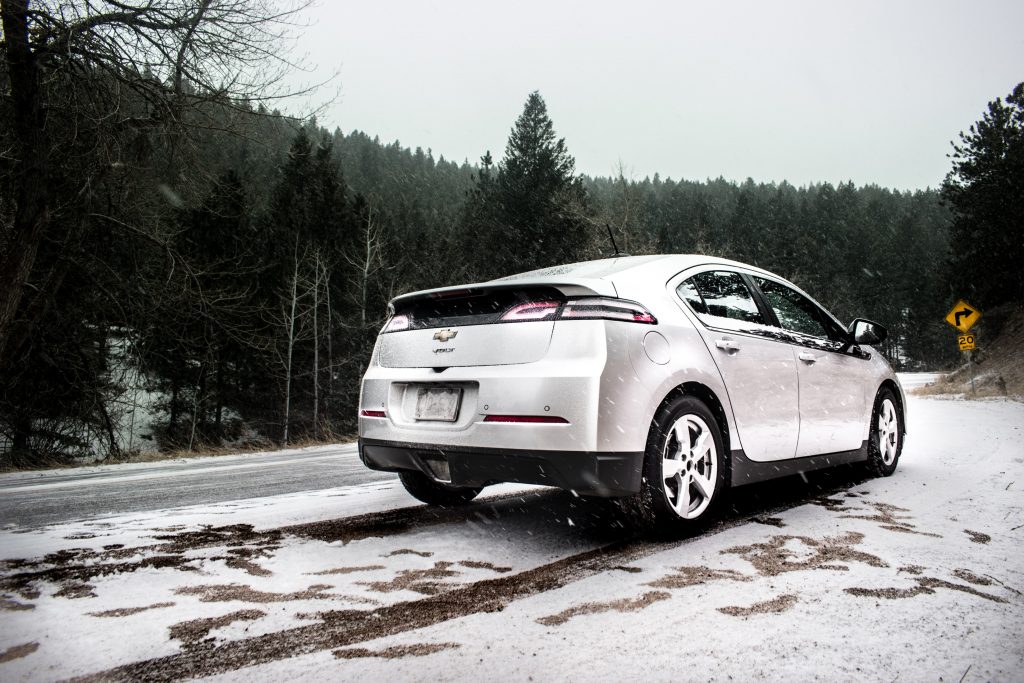
EV Purchasing Tip #3
Consider Your Climate
An EV’s expected mileage range is greatly affected by the temperature. When an EV is parked where temperatures are at or below freezing, the projected mileage range can be decreased by 30% or more. This is due to both the efficiency of the batteries decreasing in cold temperatures, as well as the additional electric load to heat the car, seats, steering wheel, etc.
For those who park indoors, this may not be as much of a factor because your car is kept at a higher ambient temperature (60 degrees Fahrenheit or higher) when not in use, so your battery efficiency won’t decrease nearly as much.
EV Purchasing Tip #4
Check the Battery Life
When purchasing a used EV, one of the deciding factors should be the condition of the battery. An EV’s range decreases over time due to the degradation of its batteries. How much a vehicle’s batteries degrade over time depends upon the specific vehicle/battery, as well as the utilization of the vehicle by the previous owner(s). Some vehicles may decrease in range by 1% each year, whereas others may decrease by 3% or more each year. Thus, this battery degradation directly decreases a vehicle’s range.
So, if you’re considering purchasing a used EV, what can you do? Do your research; check the online forums of the specific make/model to read about other owners’ experiences with battery life. If you’re purchasing from a dealership, ask them to run diagnostics to check the health of the battery. If purchasing from a private party, take the vehicle to an independent shop or a dealership to have the battery evaluated.
If you’re purchasing your first EV or just considering what EV options are on the market, I hope these tips help. Good luck!
